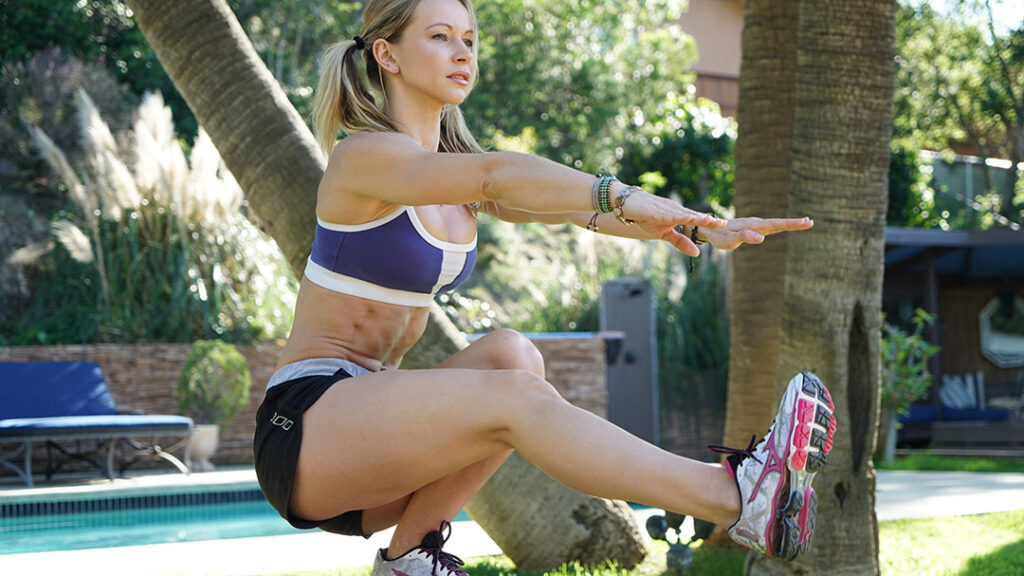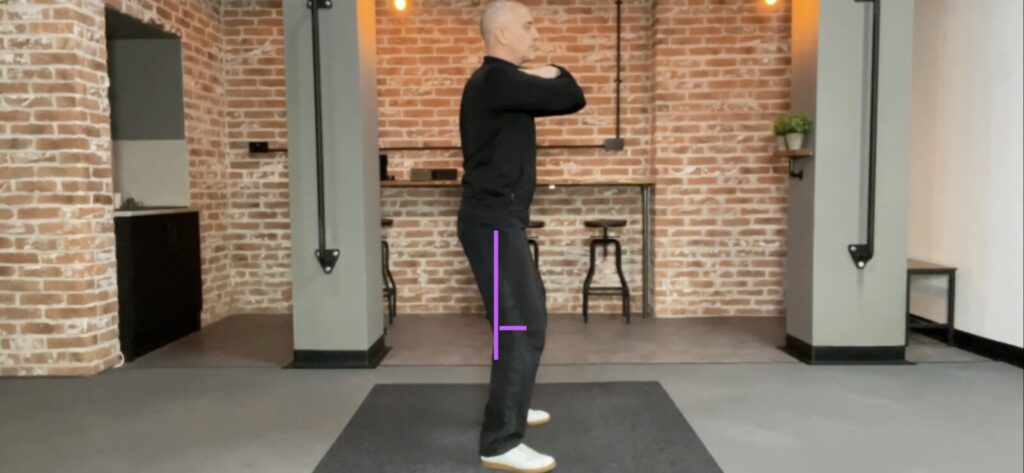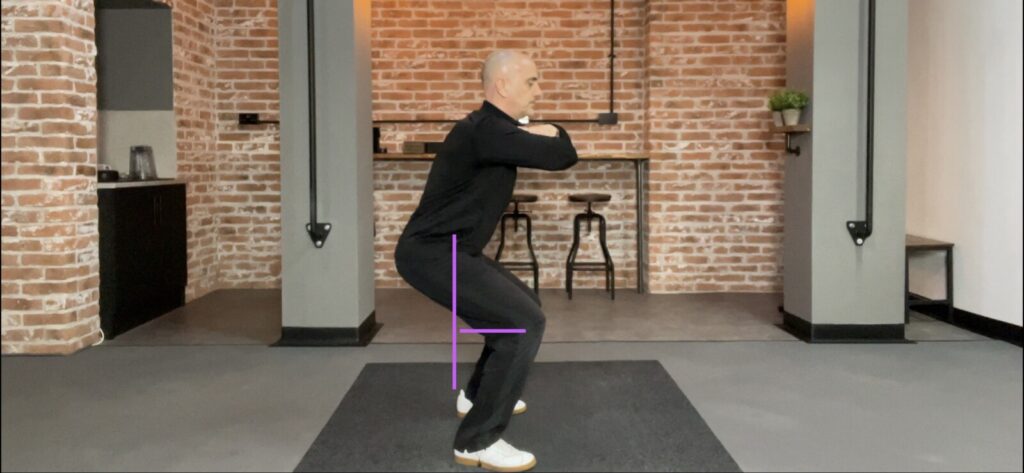In this post we look at how to select exercises for injury rehab and one important factor to consider.

Part of my job is to investigate why people have previously failed rehab, or more accurately, why rehab has failed them.
One common reason is they are performing multiple exercises for the same muscles.
Whilst the exercises might look different, when the joint angles and forces are taken into consideration, they are essentially challenging the same areas.
This can lead to overload of the muscles concerned and an exercise programme that by-passes crucial pieces of the puzzle.
For example, take a look at this list of squat variations below.
Despite their exotic names, the only differences between them is either where you’re placing the weight, or what you’re doing with the other leg.
None of these variations will markedly change the challenge to your quadriceps. In each case they will be working to straighten your knees from around 90 degrees of knee flexion to almost straight.
Not only that the challenge will be almost identical in terms of the resistance profile; more difficult at 90 degrees of flexion, to progressively easier the further you straighten your knees.
This is good to know. Especially if all 5 variations appear in somebody’s programme under the misapprehension each one is offering something radically different.
They’re not.
What’s more if you’re performing 3 sets of 10 repetitions on each exercise, that’s 150 repetitions of almost identical knee extensions.
If you’re employing any degree of intensity to each repetition, your thigh muscles will probably be cooked by the end of the first exercise. From then on you’re just trying to survive.
That’s not healthy and it’s not productive.
A safer and more effective way
We know that strength transfers directly to the joint angles that are challenged.
It makes sense therefore to challenge all of a joint’s available motion.
As we’ve just seen in the examples above, this isn’t just about making sure the joint travels through its full range of motion.
The crucial variable is the resistance profile of the exercise. In other words where the exercise is more or less challenging.
This is a direct consequence of where the weight wants to go (it’s line of force) and how far that is from the joint. This is called the moment arm (MA).
Below you can see the line of force (vertical line) and the MA to the knee (horizontal line) drawn in different positions of a body weight squat.
In position 1 there’s a small MA to the knee, hence very little challenge to the knee extensors.
Position 1

In position 2 the MA to the knee is larger and therefore there’s a greater challenge to the knee extensors.
Position 2

It doesn’t matter how many squats I do, what exotic name I give them, or how much weight I use, these realities won’t change.
The last 30 degrees of knee extension will remain largely unchallenged.
In order to train my knee extensors in this range of motion I will need to use a different exercise.
A leg extension machine will work well for this.
Summary
Selecting resistance training exercises both for injury rehab and for other goals requires some thought.
First consider how far a joint is capable of moving.
Then think how you could apply a resistance to ensure you challenge the muscles that move it throughout that range.
This will avoid training the same joint angles repeatedly and overloading some muscles whilst neglecting others.